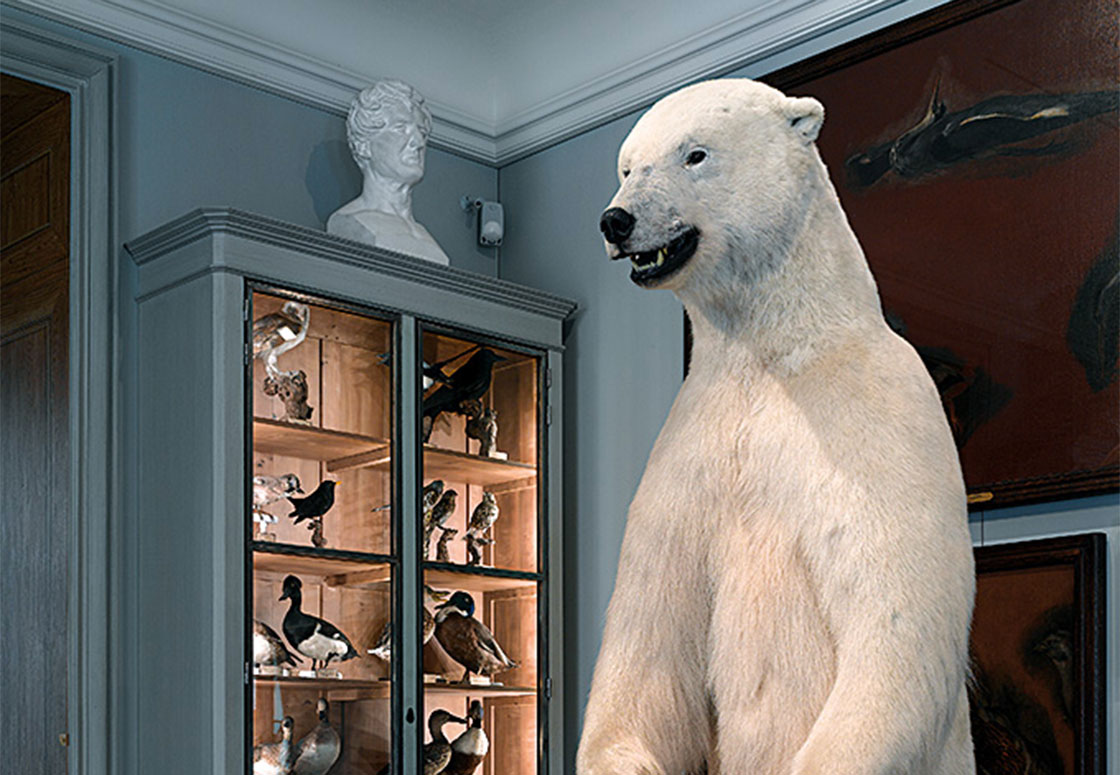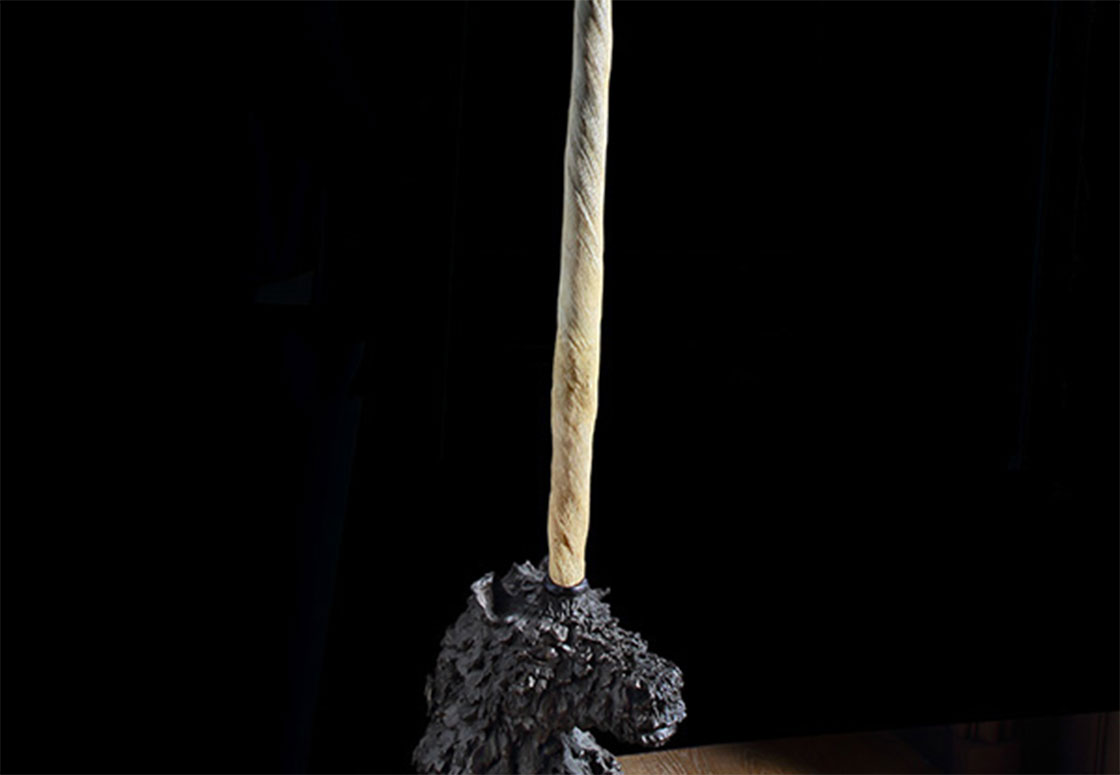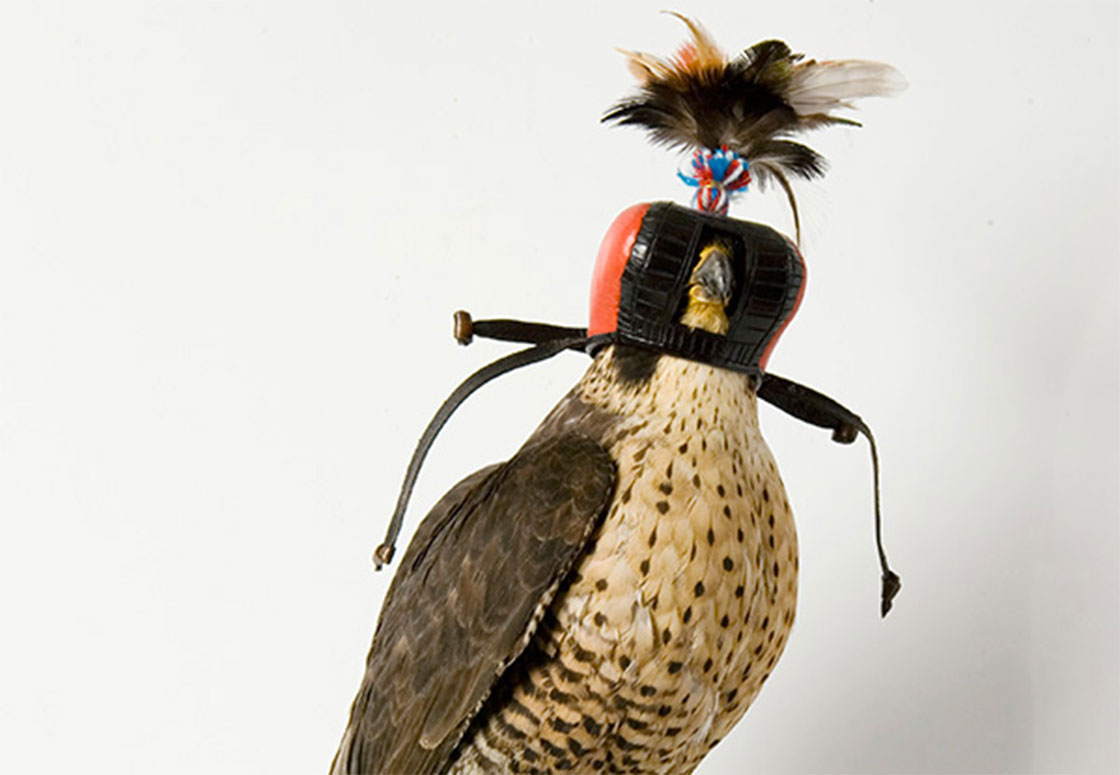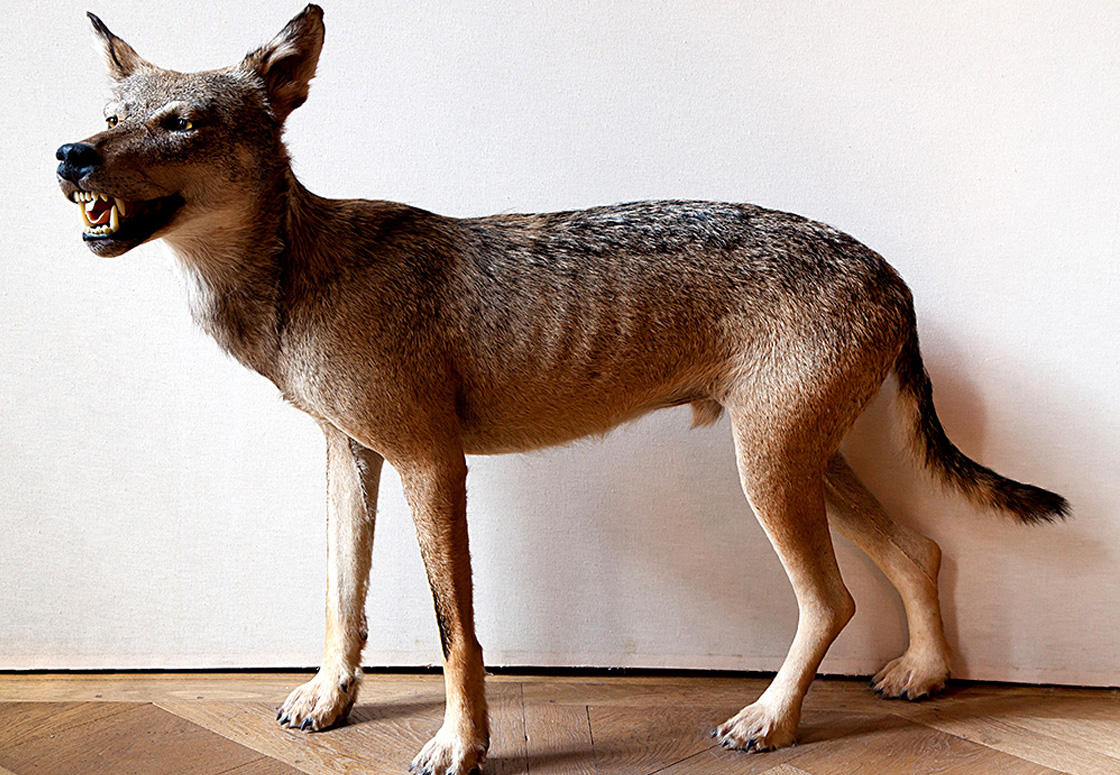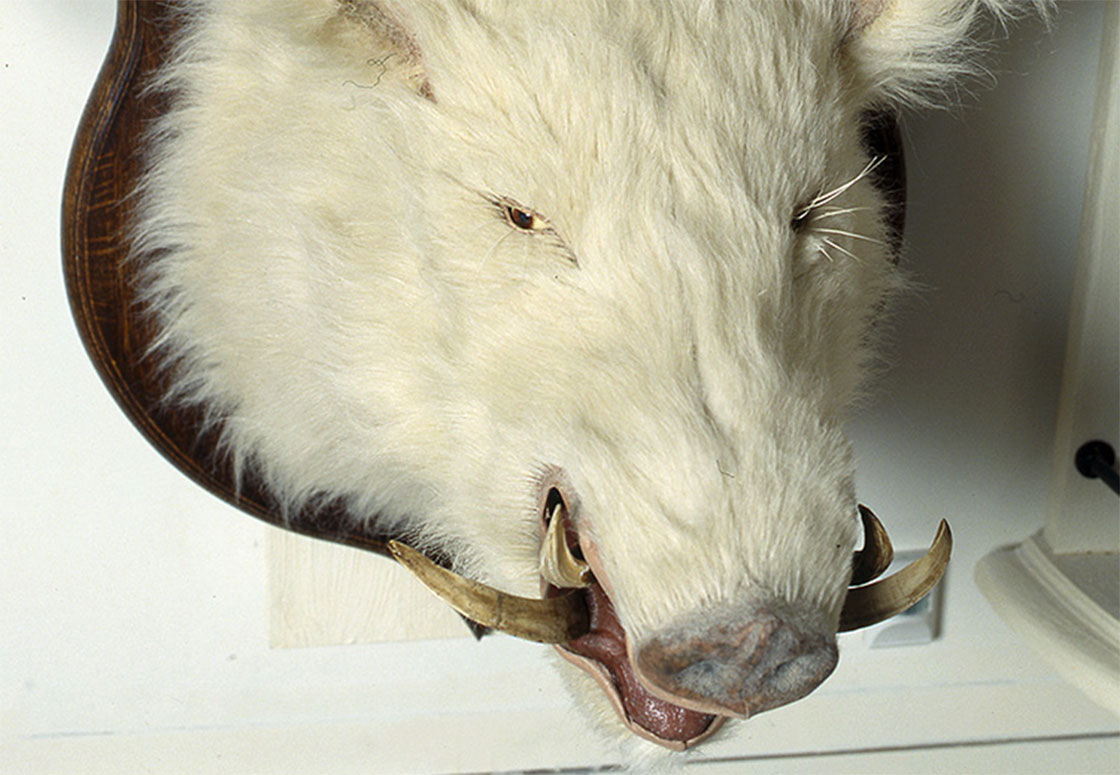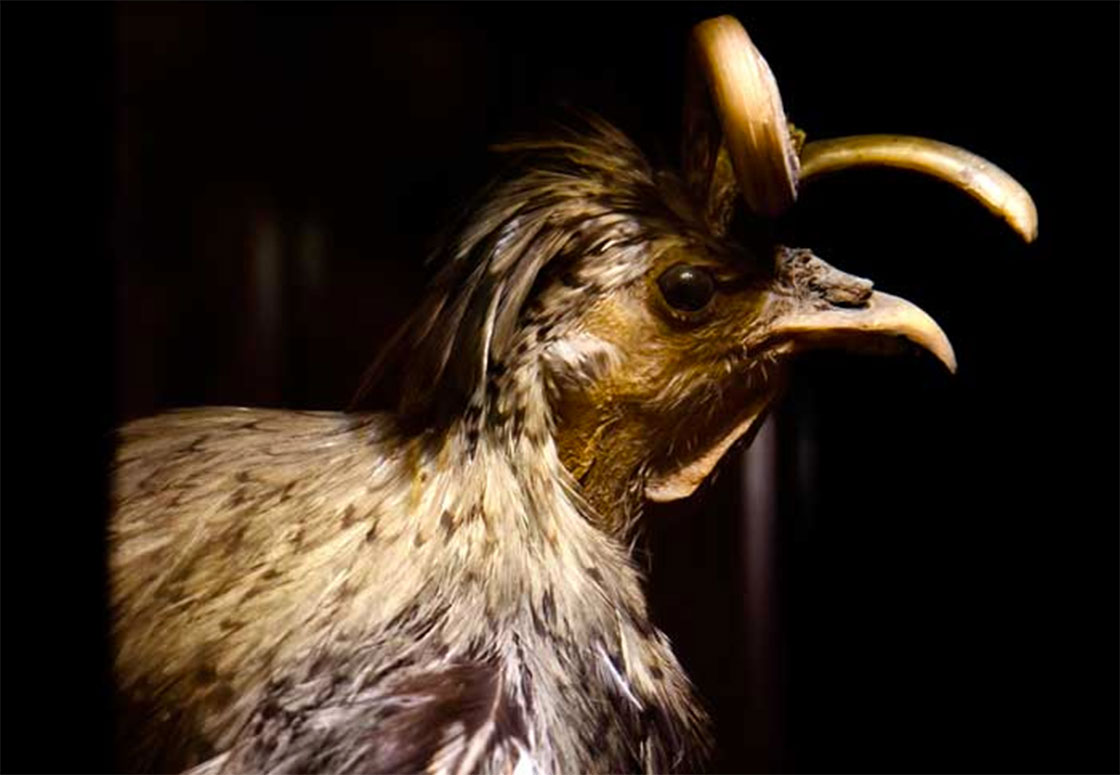Polar bear
The polar bear is a large carnivorous mammal living in the Arctic regions. It has a thick coat that protects it from the cold. The white color of its fur provides ideal camouflage on the ice floes and allows it to approach its prey - especially seals - without being noticed. This animal is an icon among the threatened species. Global warming, which is causing the ice pack to melt (and thus destroying the species' habitat and livelihood) is a major threat to the polar bear. In 2006, the global population was estimated to be between 20,000 and 25,000 individuals and has been declining ever since.
The animal presented at the Musée de la Chasse et de la Nature is of an impressive size: it measures more than 3 meters. It was acquired in 1970 thanks to Georges W. Larose, who lived in Alaska. He acted as an intermediary between the founder of the Musée de la Chasse et de la Nature, François Sommer (Paris), the guide and hunter Don Johnson (Alaska) and the taxidermy firm Jonas Brothers (Seattle). In a letter dated February 23, 1970 to Georges W. Larose, François Sommer states: "Yes, we know that a polar bear is expensive, especially if it is mounted in its entirety. However, we feel that it will be necessary for our Museum to have one because it is a very attractive animal for the public.


